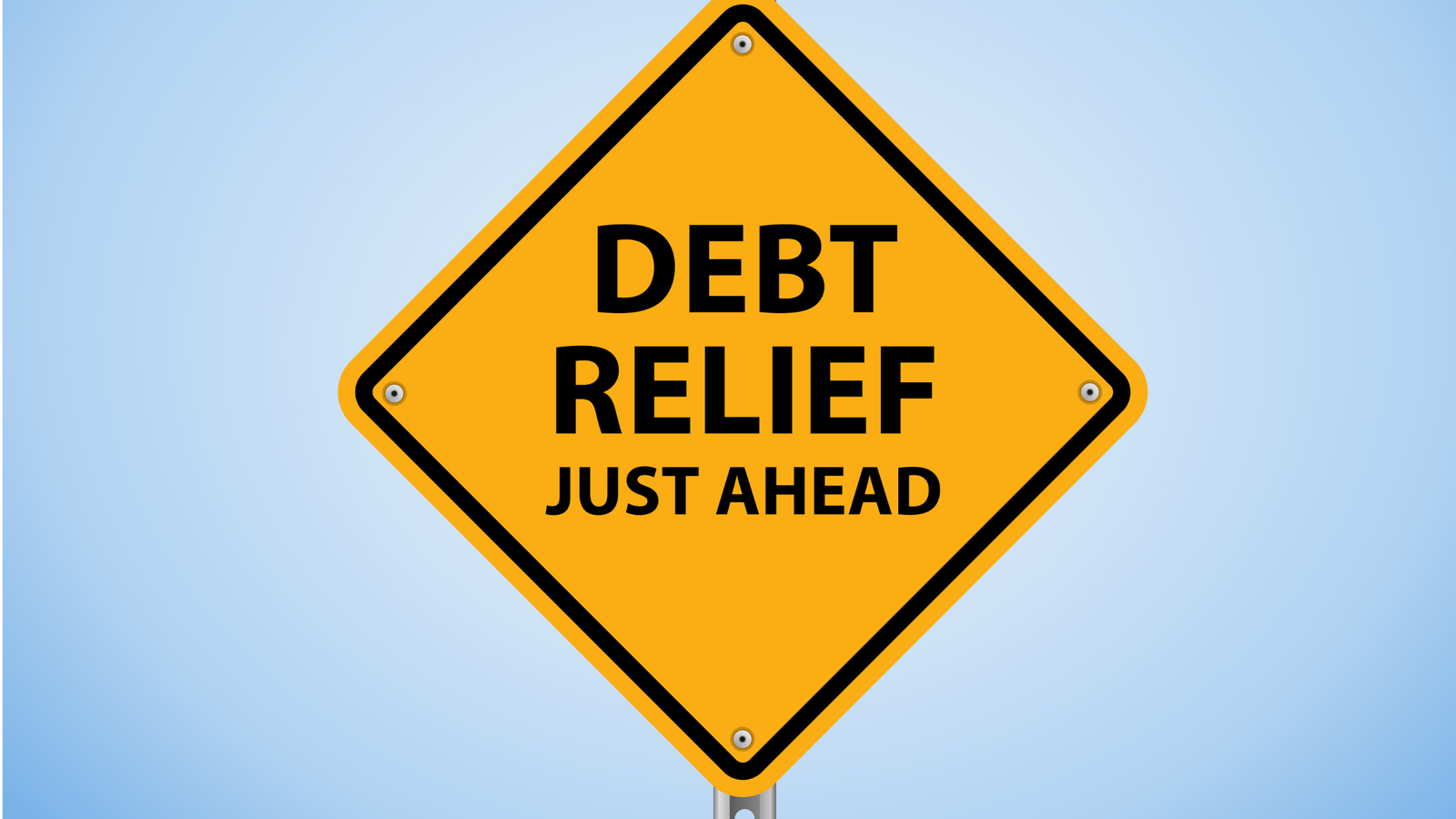If you’re burdened by a mountain of debt that seems impossible to conquer, the art of negotiation through debt relief can be your financial savior. This article explores how debt relief can rescue your finances, helping you negotiate with creditors to reduce your debt burden and regain control of your economic life. We’ll cover the process, its benefits, and provide practical tips to navigate the world of debt relief successfully.
Understanding Debt Relief
Before we dive into how debt relief can save your finances, let’s clarify what it entails:
- Negotiation: Debt relief involves negotiating with your creditors to accept a reduced amount as payment for your outstanding debt, often in a lump sum.
- Financial Hardship: It’s typically a strategy for individuals experiencing genuine financial hardship, making it impossible to pay off their debts in full.
- Credit Impact: Be aware that debt relief can negatively impact your credit score, as settled debts may be reported as “paid for less than the full amount.”
How Debt Relief Can Save Your Finances
1- Reduction of Debt Principal:
Debt relief allows you to reduce the total amount of debt you owe, making it more manageable and achievable to pay off.
2- Avoiding Bankruptcy:
Debt relief is an alternative to declaring bankruptcy, which can have long-lasting negative consequences on your credit and financial life.
3- Faster Resolution:
Debt relief typically takes less time compared to other debt relief options like debt consolidation, which can stretch for years.
4- Financial Breathing Room:
As your debt burden decreases, you gain financial breathing room to focus on other financial goals and responsibilities.
Key Considerations
While debt relief offers substantial benefits, there are critical factors to consider:
- Credit Score Impact: Understand that your credit score may take a hit due to settled debts being reported as “paid for less than the full amount.”
- Creditor Cooperation: Not all creditors are willing to negotiate, and results may vary depending on your specific situation.
- Fees and Taxes: Some debt relief companies charge fees, and the forgiven debt may be considered taxable income.
The Debt Relief Process
Navigating the debt relief process is essential for a successful outcome. Here’s an overview:
1- Assessment:
Evaluate your financial situation to determine if debt relief is a suitable option given your debt amount and financial hardship.
2- Enrollment:
Enroll in a debt relief program or choose to negotiate directly with your creditors.
3- Funding:
Set aside funds in a dedicated savings account for the negotiated settlements.
4- Negotiation:
The debt relief company or you, if negotiating independently, approaches creditors to negotiate a reduced payoff amount.
5- Settlement:
Once an agreement is reached, make the agreed-upon payment to settle the debt.
Tips for Successful Debt Settlement
Navigating the world of debt relief can be more manageable with these practical tips:
Choose a Reputable Company: If working with a debt settlement company, research and select a reputable one to guide you through the process.
Understand Fees: Be clear about the fees associated with the service, which can vary from a percentage of the total enrolled debt to a flat fee.
Stay Informed: Stay informed about your rights and the legal framework surrounding debt relief to avoid any pitfalls.
Conclusion
Mastering the art of negotiation through debt relief can rescue your finances from the brink of collapse. By reducing the principal amount you owe, offering a faster solution than other methods, and providing breathing room for your financial goals, debt relief can be a lifeline. However, be aware of its impact on your credit score, ensure creditor cooperation, and understand the fees and tax implications. When used wisely and in the right circumstances, debt relief can pave the way for financial freedom and a fresh start.










